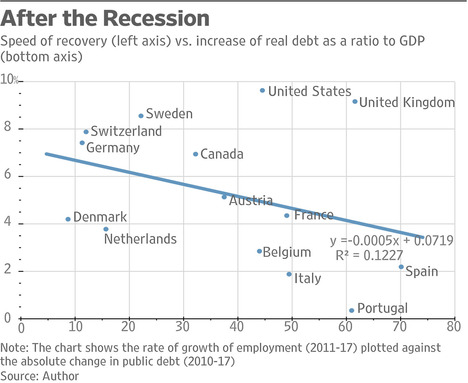(p. C6) Historians have long debated whether the Industrial Revolution was a net benefit to those who labored in the mills. The first generation of workers generally enjoyed higher wages and liberation from the confines of rural life. Yes, there was child labor, but one girl who entered a New England mill at age 11 recalled: “It was paradise here because you got your money, and you did whatever you wanted to with it.” In her book “Liberty’s Dawn” (2013), Emma Griffin studied those early industrial workers longitudinally and found that their living standards improved markedly over a lifetime.
. . .
William Blake’s “dark Satanic Mills” are now brightly lit in China, but are they still infernal? Today, Mr. Freeman reports, Foxconn offers “a library, bookstores, a variety of cafeterias and restaurants, supermarkets, . . . swimming pools, basketball courts, soccer fields, and a stadium, a movie theater, electronic game rooms, cybercafés, a wedding-dress shop, banks, ATMs, two hospitals, a fire station, a post office, and huge LED screens that show announcements and cartoons.” But Chinese worker dormitories impose a positively Victorian regime of moral supervision: no drinking, gambling or visiting the opposite sex. Work rules are draconian. And surveillance cameras are everywhere (though, come to think of it, we have plenty of those in the West).
Ultimately, Mr. Freeman can’t decide whether industrialism represents progress or dystopia, and that ambivalence reflects his clear eyes and fair-mindedness. He often lets workers speak for themselves, and they don’t always agree. Xu Lizhi, one of those Foxconn employees who killed himself, was also a poet: “They’ve trained me to become docile / Don’t know how to shout or rebel / How to complain or denounce / Only how to silently suffer exhaustion.” But another worker from a small Hunan village was amazed by his company dormitory: “I had never lived in a multi-story building, so it felt exciting to climb stairs and be upstairs.” Mr. Freeman reminds us that, benevolent or tyrannical, the factory was an exponential leap in the human experience.
For the full review, see:
Rose, Jonathan. “The Very Symbol of Modern Times; Workers’ paradise or soul-deadening dystopia? Why society remains of two minds about the factory.” The Wall Street Journal (Saturday, Feb. 24, 2018): C6.
(Note: ellipsis between paragraphs, added; ellipsis within paragraph, in original.)
(Note: the online version of the review has the date Feb. 23, 2018, and has the title “Review: The Very Symbol of Modern Times; Workers’ paradise or soul-deadening dystopia? Why society remains of two minds about the factory.”)
The book under review, is:
Freeman, Joshua B. Behemoth: A History of the Factory and the Making of the Modern World. New York: W. W. Norton & Company, 2018.
The book by Emma Griffin, mentioned above, is:
Griffin, Emma. Liberty’s Dawn: A People’s History of the Industrial Revolution. New Haven, CT: Yale University Press, 2013.
 Source of graph: online version of the WSJ article quoted and cited below.
Source of graph: online version of the WSJ article quoted and cited below.